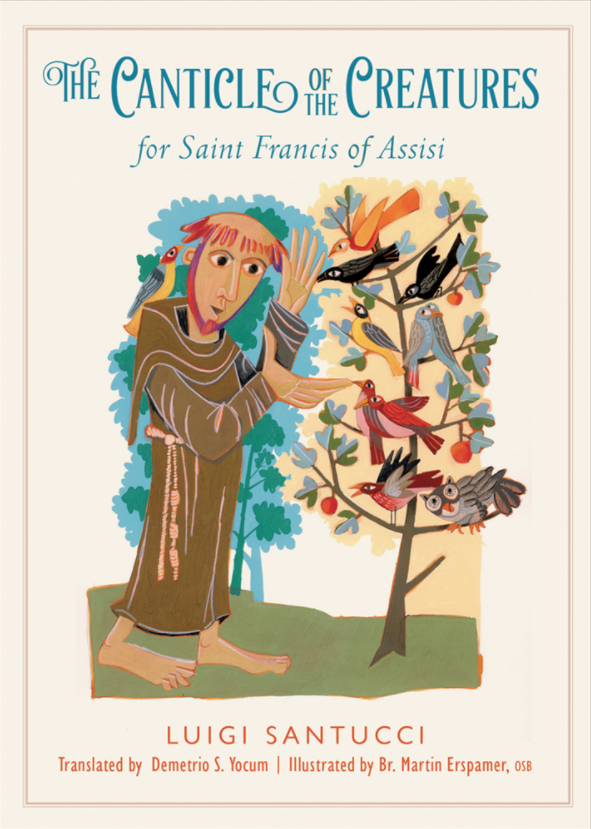by Roger Hutchison
It has been said that we are currently in a place of perpetual trauma.
I feel it.
I feel it from my head to my heart to my toes.
I feel it in the interactions I have with those around me.
There is a weariness in my human brothers and sisters.
A palpable grief in the way their bodies move.
Shoulders and hearts burdened by so much pain and sadness.
I weep for the murdered children of Sandy Hook.
I weep for the millions of people impacted by the wrath and destruction of recent hurricanes.
I weep for the division, anger, and injustice that is sweeping through this country.
…and I weep for those impacted by the senseless and brutal massacre in Las Vegas.
The grief is simply too much to bear—and for many of us, there is a numbness.
Twenty-five years ago, I took a pottery class at Warren Wilson College in Swannanoa, NC and created several items, most of them not very memorable.
Today I rediscovered one of the vases, took it in my hands, and much to my surprise, I began to weep.
Grief washed over me like a waterfall. I cried with my entire being and I cradled the vase close to me as if to protect it from breaking.

Until recently, most of my pottery was with my mom and dad. You know…the place where artwork you create as a child ends up.
It either clutters the surface of the refrigerator, ends up in a box under a bed somewhere, or like this vase, it sits on the shelf in a guest room and collects dust.
This vase now sits on a bookshelf in our home and today I gave it a name.
The vase is a bit portly—like its creator. It is not spectacular, but it is mine.
I remember the sensation of the wet clay in my hands. I remember the sound of the potter’s wheel as it hummed below me. I remember the feeling of the spinning lump of earth in my hands.
I remember watching with awe (and some disappointment) as it began to look like an ashtray…then a bowl…and finally a “vase.” I use the word “vase” in the most generous sense.
I removed it from the wheel and waited for it to dry.
Days passed. Once it was dry, I applied the glaze.
The glaze is a bit uninspiring before it is fired—dull and thick. I had no idea what it would ultimately look like. It certainly wasn’t beautiful in its current form!
Once the glaze dried, we dug a hole in the ground and filled it with sawdust, paper, and leaves. We buried the pot in those same combustibles and set it on fire.
After a full day of being exposed to intense heat, we covered the pottery and burning material with sand. This last step gives the finished pieces more color and variation
Surprised by grief.
This is the name of my vase.
This clay vessel, created by human hands was returned to earth from where it came.
It was transformed by fire and carries scars and burn marks on its surface.
Wounds that heal but never go away.
The dull glaze now sparkles in the sunlight—a cobalt blue “drip” spills over from the top edge.
Blue…like the grief that overflows from our eyes and our souls.
Tiny cracks dance across its surface.
Surprised by grief…and the color blue.
All of humanity weeps right now, and the fires are burning.
There is much pain in our world. And we will never be the same because of it.
But the vessel will hold and our colors will shine brighter than before.
And we must carry this color and light out into the world.
Roger Hutchison is the author of My Favorite Color is Blue. Sometimes. — available next month.
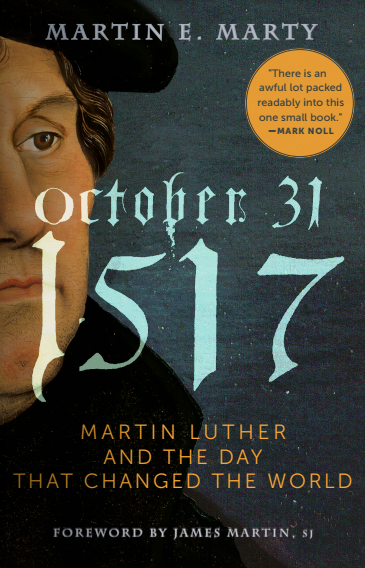
 MARTIN E. MARTY is the Fairfax M. Cone Distinguished Service Professor Emeritus at the University of Chicago, where he taught for 35 years. An ordained Lutheran and historian, he has written dozens of books on Christian history and Reformation era topics, including a biography of Martin Luther. He is a National Book Award winner and was honored with the National Medal of Humanities. His passion is to demonstrate how Christianity relates to public life as well as to the personal themes of faith, hope, and love. He has participated in Christian ecumenical programs and reported on the Second Vatican Council.
MARTIN E. MARTY is the Fairfax M. Cone Distinguished Service Professor Emeritus at the University of Chicago, where he taught for 35 years. An ordained Lutheran and historian, he has written dozens of books on Christian history and Reformation era topics, including a biography of Martin Luther. He is a National Book Award winner and was honored with the National Medal of Humanities. His passion is to demonstrate how Christianity relates to public life as well as to the personal themes of faith, hope, and love. He has participated in Christian ecumenical programs and reported on the Second Vatican Council. part of our human nature. Anger is good if we engage it to help us do the right thing and if we don’t let it escalate out of hand. But it spawns evil if it gets out of control or if we use it for selfish, wrong-headed purposes. Bert explains that under the power of the Holy Spirit, we can transform our anger into occasions of grace. We can replace it with behaviors like patience, endurance, and determination to do the right thing. So anger used well can help us overcome obstacles that block our twofold mission of becoming saints and advancing and applying the Gospel.
part of our human nature. Anger is good if we engage it to help us do the right thing and if we don’t let it escalate out of hand. But it spawns evil if it gets out of control or if we use it for selfish, wrong-headed purposes. Bert explains that under the power of the Holy Spirit, we can transform our anger into occasions of grace. We can replace it with behaviors like patience, endurance, and determination to do the right thing. So anger used well can help us overcome obstacles that block our twofold mission of becoming saints and advancing and applying the Gospel.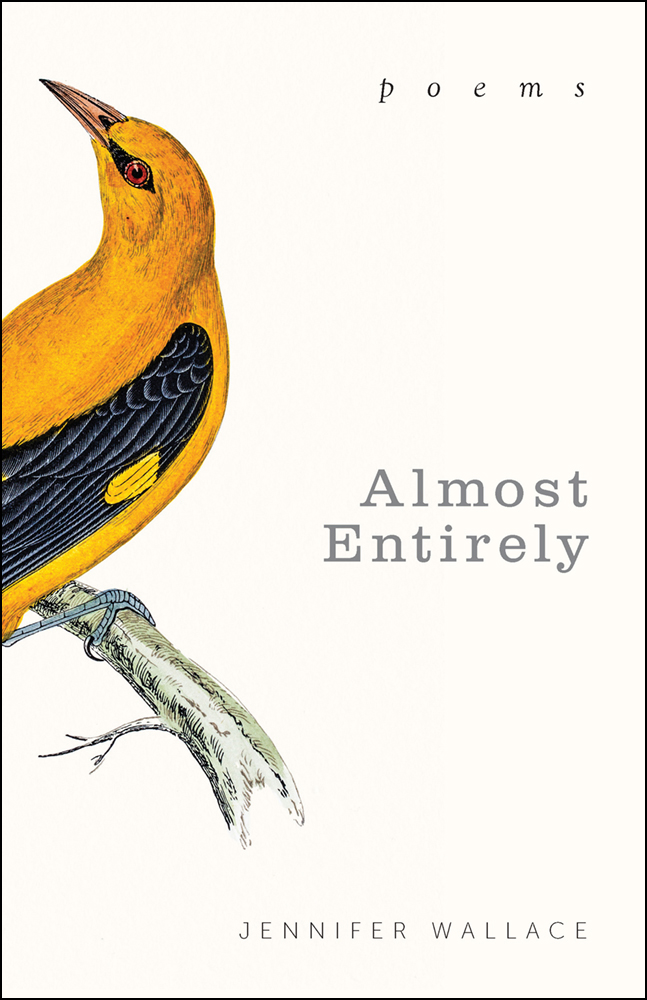
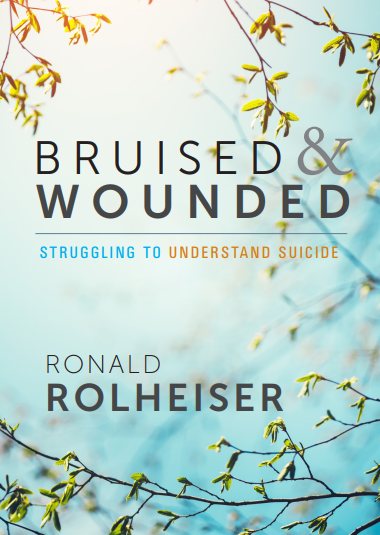 A new way of understanding death by suicide with chapters on:
A new way of understanding death by suicide with chapters on: Ronald Rolheiser is a Catholic priest, president of The Oblate School of Theology in San Antonio, Texas, an internationally renowned speaker, and a spiritual writer whose books appeal to Christians of all backgrounds and spiritual seekers of all kinds. He is the author of many books, including the bestselling The Holy Longing, and the award-winning weekly column “In Exile,” which is carried by more than seventy newspapers worldwide.
Ronald Rolheiser is a Catholic priest, president of The Oblate School of Theology in San Antonio, Texas, an internationally renowned speaker, and a spiritual writer whose books appeal to Christians of all backgrounds and spiritual seekers of all kinds. He is the author of many books, including the bestselling The Holy Longing, and the award-winning weekly column “In Exile,” which is carried by more than seventy newspapers worldwide.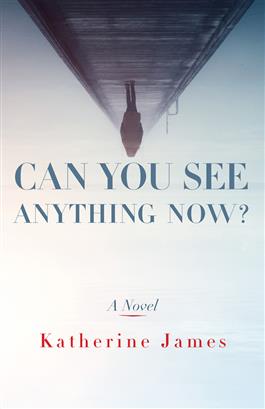

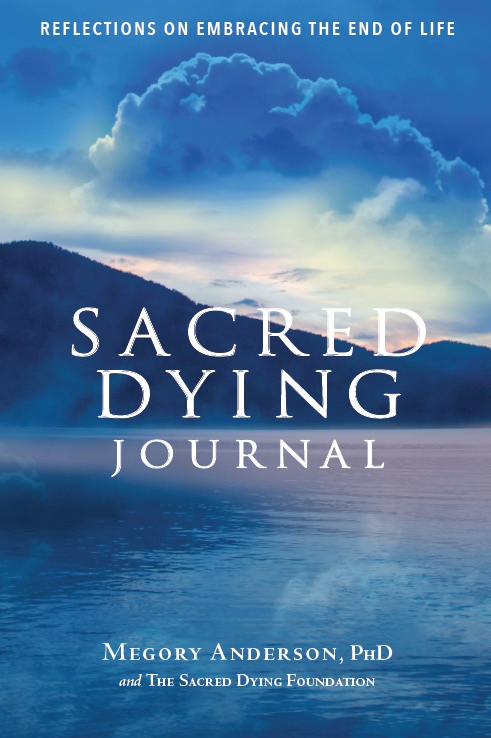


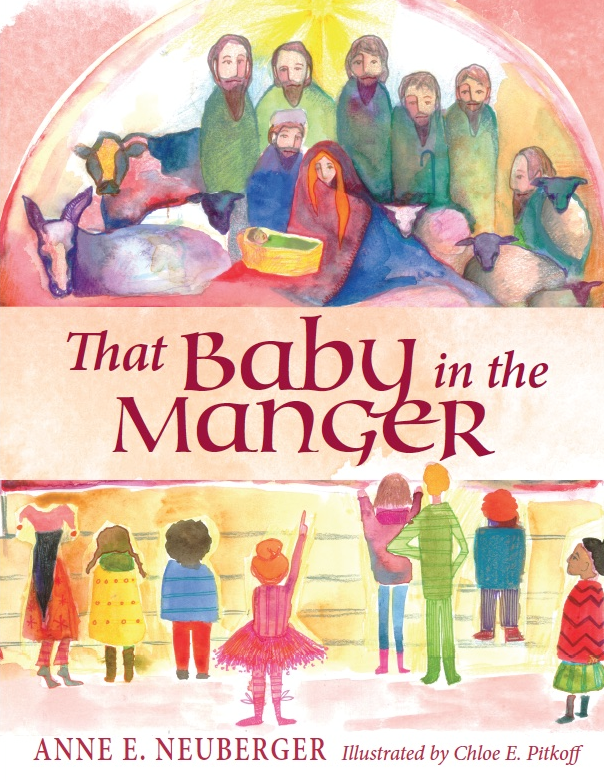 Anne, can you give us a synopsis of the book?
Anne, can you give us a synopsis of the book?